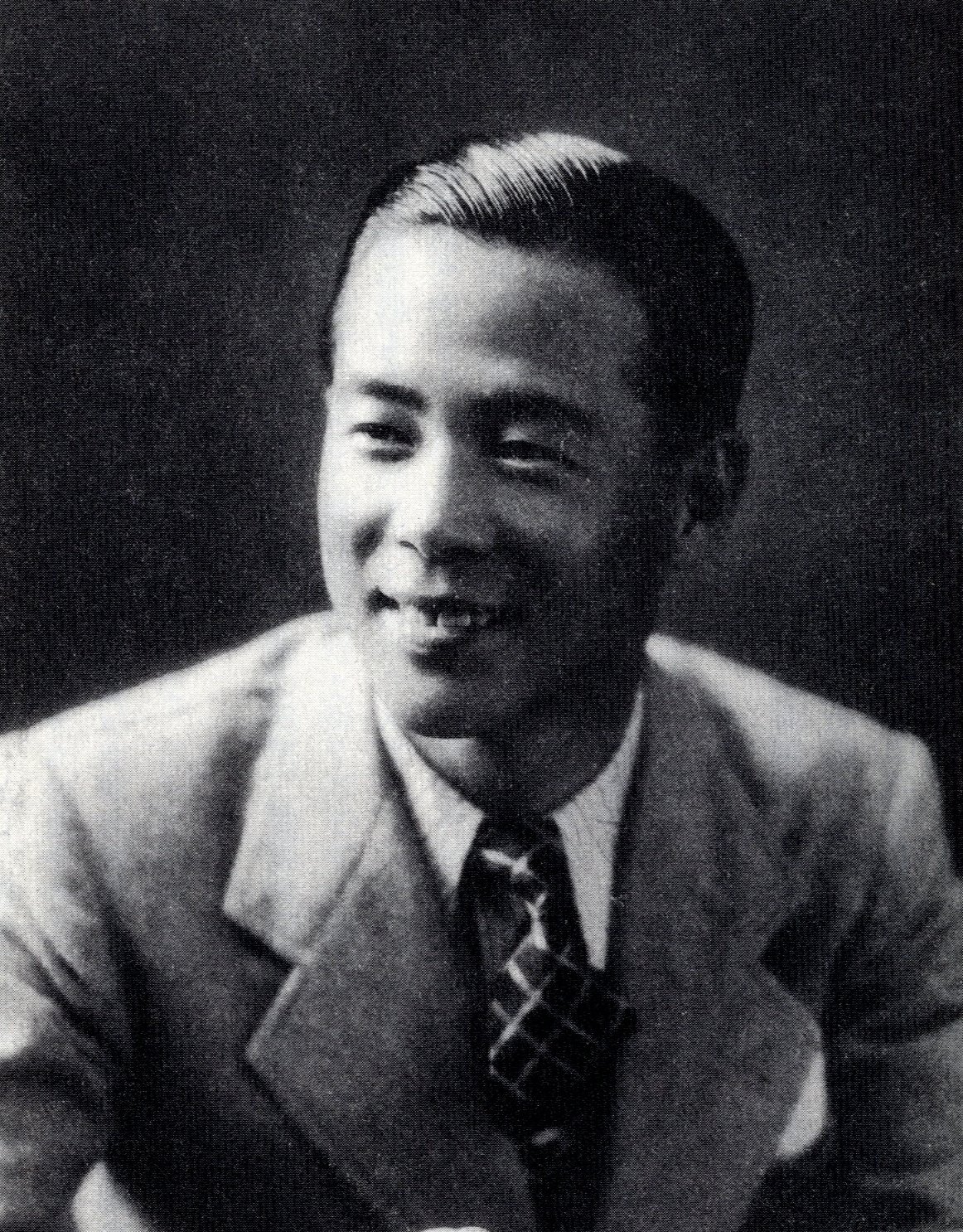Japanese pop music or J- Pop, which is known both in and outside of Japan, is a mainstream genre of music in Japan which has a large cult following all across the globe. While J-pop earned its reputation and status in the early 1990s, it gained its first following in the 1960s. In fact, its history can even be traced back to the pre-war era in Japan.
From its humble beginnings and up until today, several faces and names paved their way into the history of J-pop. This is why, in this article, we are going to know more about this iconic genre and how it changed the music industry forever.
What is J Pop?
J-pop is probably one of the hardest genres to categorize or describe when it comes to Japanese music. Several groups and bands tend to have a cutesy pop sound, while others tend to showcase a more edgy r&b, dance, and funk sound. J-pop is so popular that teen idols in Japan are just as significant as Britney Spears and Nsync’s of the U.S pop scene. The members of bands and groups such as Tanpopo, Morning Musume, and Luna Sea are known as pop culture icons. In fact, the fan’s love for these icons is so high that the death of individual Japanese pop artists reportedly devastated some young fans so much that they took their own lives out of sadness.
Japanese pop artists became so popular that their image is often even more important than the music that they make. On the lighter side of things, music icons also became trendsetters when it comes to fashion with Japanese girls.
History of J-Pop
The origins of j-pop can be traced back to jazz music that became popular in the country during the early Shōwa period. Jazz introduced several musical instruments that were previously used only to perform military marches and classical music at bars and clubs. The said genre of music also added fun to the Japanese music scene. This resulted in the rise of “OngakuKissa,” which is a café that became a trendy venue for people who wanted to enjoy live jazz music.
However, during World War II, the performance of jazz music was temporarily halted because they were all under pressure from the Imperial Army. But after the war ended, the United States soldiers, along with the Far East Network, who were both occupying Japan during that time, introduced several new musical styles to Japan. Music such as the Mambo, Blues, Boogie-woogie, and Country music were all enjoyed and performed by Japanese musicians for the American troops. 1952 was hailed as the “Year of the Jazz Boom” in Japan. However, the genre itself demanded a high level of technical knowledge and was not that easy to perform. This resulted in amateur Japanese musicians to play country music because it was far easier to learn and perform. This led to a spread of country-based music in Japan.
The rock-and-roll craze in Japan began in 1956, thanks to a country music band in Japan known as Kosaka Kazuya and the Wagon Master and their version of Elvis Presley’s Heartbreak Hotel. The rock-and-roll movement reached its peak in 1959 because of the release of a movie that featured performances by several Japanese rock-and-roll bands. However, the decease of rock-and-roll in the United States was quickly followed by its downfall in Japan because several groups were heavily influenced by their American counterparts. Some artists attempted to merge traditional Japanese pop music with rock-and-roll. While other performers decided to play the music and translate the lyrics of popular American songs, this resulted in the birth of “cover pop.” However, the popularity of these artists faded as radio and television allowed almost every household to watch and listen to real musicians perform at the comfort of their homes.
During the beginning of the early 70s, trends became about personalizing and complicating folk music, and the dominating era of the singer-songwriter was born. During the ‘80s, the name City Pop was made to describe a type of popular music that has a big city theme. Tokyo inspired several songs in this form. However, it is quite challenging to differentiate City Pop between New Music because many songs fall under both categories. Washi Pop quickly became a common term to describe both City Pop and New Music. And when the 1990s began, the name J-pop became the common term to describe most popular songs.
During the late ’90s, R&B became popular in Japan, especiallly when a young singer-songwriter named Utada Hikaru released her first single entitled Automatic/time will tell. Her debut album called First Love to manage to sell around 7,500,000 copies, which made it one of the best-selling Japanese albums of all time and the best-selling debut album in Japan. While Utada Hikaru sold millions of her R&B songs and albums, pop music was still trendy in Japan with solo female artists such as Kuraki Mai, Ami Suzuki, Hamasaki Ayumi, and female pop groups such Morning Musume and SPEED sold millions of records with their pop-techno sounds.

